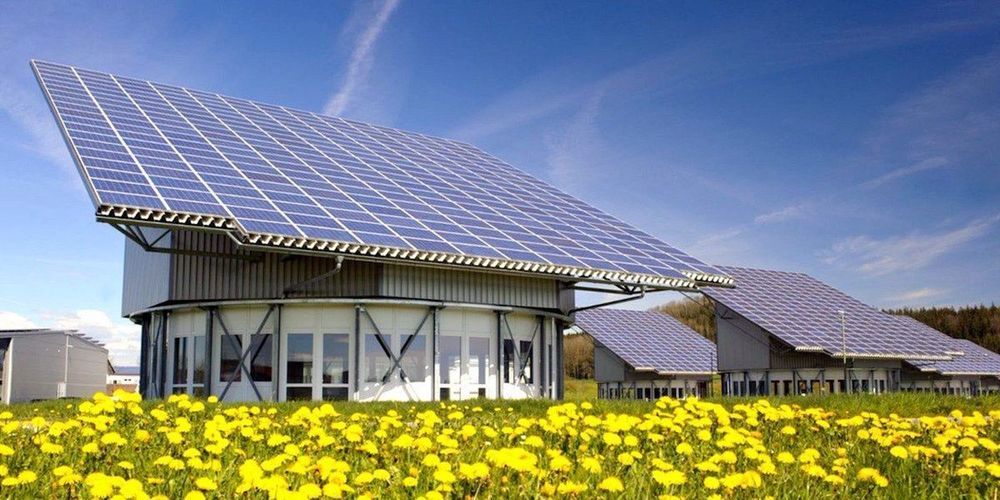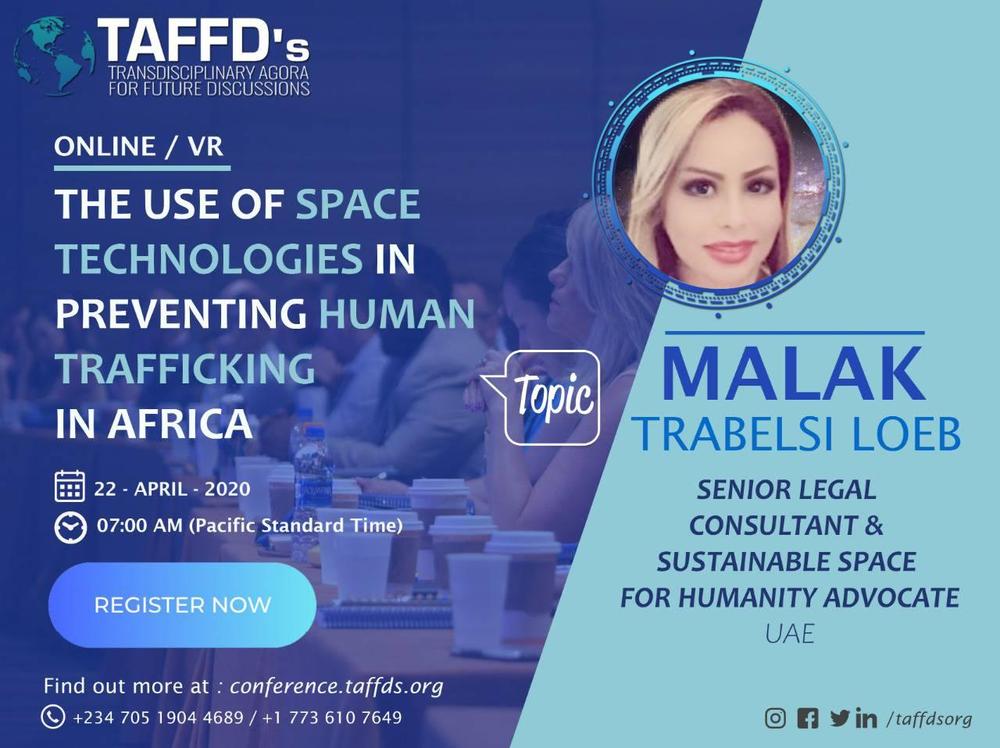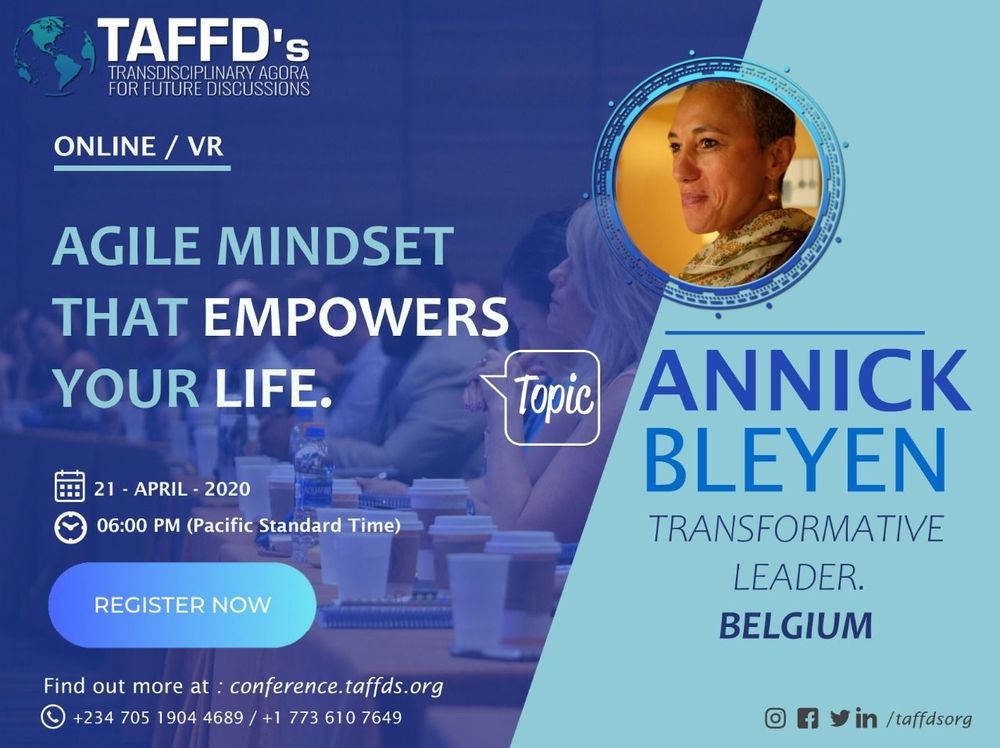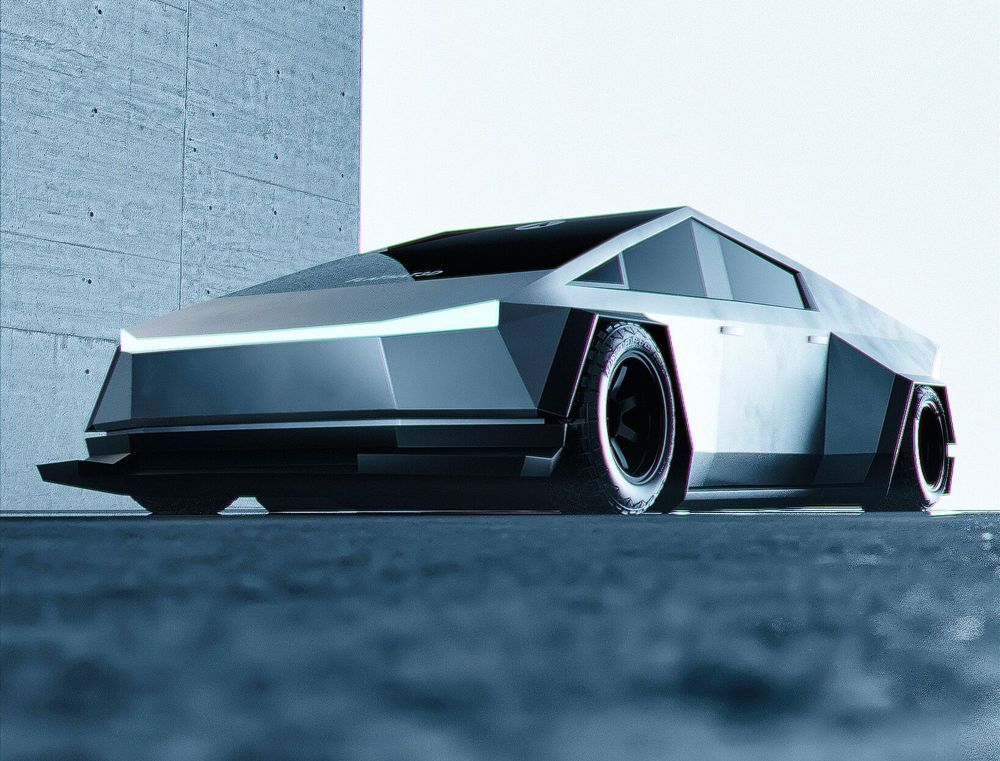Germany has broken another renewable energy record but officials say there’s still room for improvement. The German Renewable Energy Federation (BEE) reported Sunday that the combined share of renewable energy in the electricity, transport and heating sectors was 15.2 percent in the first half of 2017, up from 14.8 percent during the same period last year.
For the electricity sector alone, renewables supplied a record 35 percent of the country’s power in the first six months of 2017, about a 2 percent increase from 2016’s numbers. To compare, renewables accounted for only 15 percent of the United States’ total electricity generation in 2016.
Despite the new benchmark, BEE acting managing director Harald Uphoff told DW that Germany’s transition to clean energy across all sectors is not happening fast enough. The BEE report showed that renewables provided only 5.1 percent of energy consumed in the transport sector and 13.6 percent in heating.









